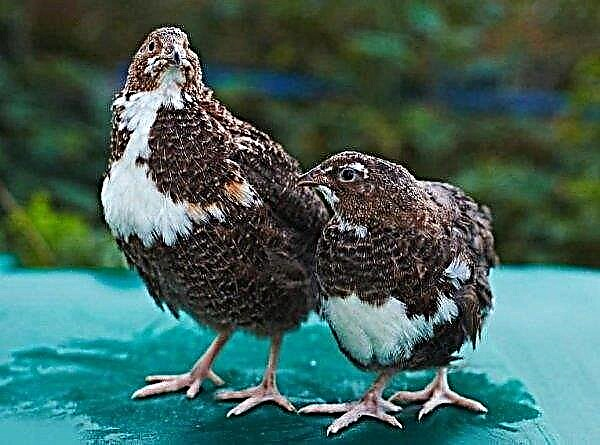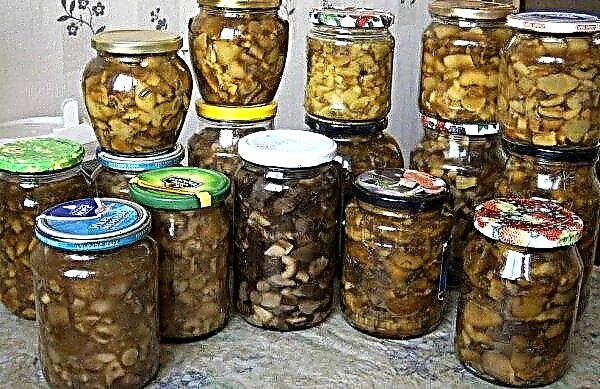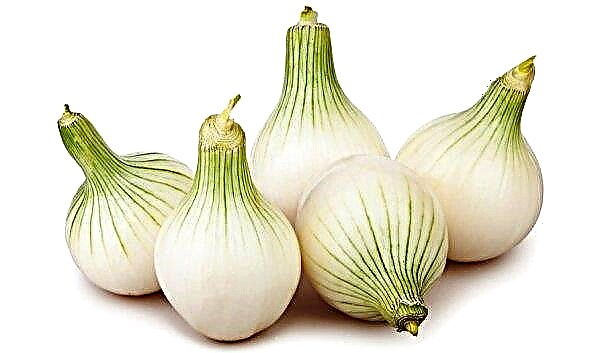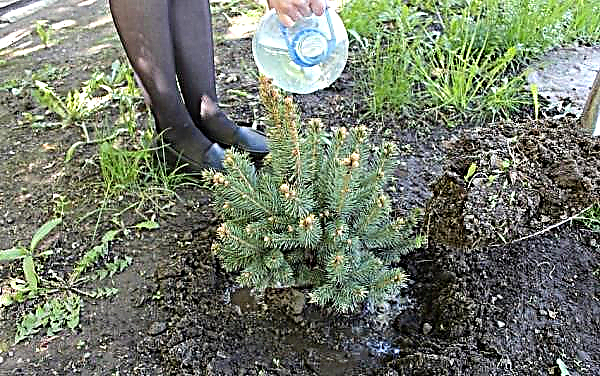Heat-loving melon is grown in open ground in the southern regions. To the north it can be grown only in a greenhouse. In this case, it is necessary to create certain conditions, use the seedling method and establish proper care for the culture.
Cultivars
There are varieties of melons that are most suitable for cultivation in protected ground. They are characterized by unpretentiousness and resistance to lower temperatures. These include Canaria, Pineapple, Sharen, Ozhen, Collective Farm Girl, Galia.
In the Moscow region, in greenhouse conditions, the following varieties of melon can be grown:
- Collective Farm Girl 749/753;
- Lada;
- Amal F1.
 Growing a melon in a greenhouse is not at all difficult In the Northwest region, the following varieties showed themselves well:
Growing a melon in a greenhouse is not at all difficult In the Northwest region, the following varieties showed themselves well:- Sympathy;
- Gold Scythians F1;
- Gerda F1.
In the harsh conditions of the Urals and Siberia, early varieties should be grown:
- Altai;
- Babor F1;
- Zolotinka;
- Siberian precocity;
- Dream sybarite.
Did you know? The most expensive melon variety is bred and grown in Japan. This is a Yubari King variety with a very pleasant and delicate pulp. The price for one fruit can reach up to 20 thousand dollars.
Advantages and disadvantages of planting melon in a greenhouse
- Growing melons in greenhouse conditions has several advantages:
- in the greenhouse you can create the most favorable microclimate for growing;
- shelter will protect the plant from adverse climatic and weather factors (sharp decrease in temperature, excess rainfall, hail, wind);
- space is saved by tying up and shaping a culture;
- the likelihood of disease and pest invasion is reduced.
- This method of growing has disadvantages:
- difficulty with pollination - sometimes it is necessary to pollinate by artificial means;
- considerable costs for the purchase of a greenhouse of the required dimensions.
Important! The height of the greenhouse where melon cultivation is planned should be at least 2 m. In an adverse climate, it is better to purchase a polycarbonate structure equipped with a heating and lighting system.
Preparing for the landing
When growing melons in a greenhouse, it is recommended to use the seedling method.
Semen
When buying seed material, it is better to purchase melon seeds that are already 3-4 years old. Seeds of last year will give a powerful, but slightly fruitful plant. Such fresh seeds should be stimulated, as should be warmed up. To do this, they are placed near the battery a month before landing. This procedure can be replaced by soaking for 2-3 hours in hot (+ 60 ° C) water. For seeds of hybrids, heating can be omitted, since their ability to bear fruit does not depend on the age of the seeds.
 Before planting, it is recommended to disinfect the seeds for 20 minutes in a 2% solution of potassium permanganate
Before planting, it is recommended to disinfect the seeds for 20 minutes in a 2% solution of potassium permanganate
It does not interfere with the selection of full-bodied seeds by soaking them in saline (1 tbsp.spoon of salt in 1 glass of water). Literally a few minutes after mixing, empty seeds will emerge, and those sunk to the bottom will be suitable for planting.
Seedlings
For the cultivation of seedlings of this gourd, take containers of 8-14 cm in diameter. They are filled with a nutritious mixture from a store or they themselves make a soil mixture. For example, turf ground, humus, compost and sawdust are mixed in equal proportions, and then calcined in the oven for disinfection.
Seeds are planted to a depth of 2 cm. 1-2 seeds are planted in each tank and watered. Then cover with a film and keep in a warm place (not lower than + 25 ° C). Sprouts usually appear after 4-5 days. Sprouted melons should be in a room with good lighting and a temperature of + 20 ... + 26 ° C during the day and not lower than + 18 ° C at night. If necessary, seedlings should be lightened with a phytolamp before 12-14 hours of daylight.
 It must be remembered that planting material intended for cultivation in the south is not suitable for the harsh, cold climate of the north
It must be remembered that planting material intended for cultivation in the south is not suitable for the harsh, cold climate of the north
Watered with warm, settled water as necessary. Seedlings are fed 2 times with complex fertilizers - 10 days after emergence and then another 10-14 days. A 35-day-old plant is planted in the greenhouse. Before disembarking, it is hardened for at least a week, maintaining at a temperature of + 16 ° C. Pinching is done above 3-5 sheets to form side lashes.
Land preparation in the greenhouse
The land in the shelter is being prepared since the fall. This gourd prefers a well-permeable nutrient substrate. It is best to plant melons after cucumbers, root crops, cabbage, and legumes. They should not be planted after tomatoes and eggplant or repeatedly. When digging, they make 4-5 kg of humus per 1 m² in the soil. In the spring they again dig and loosen the soil with the introduction of potassium-phosphorus fertilizers. For each m², 35–45 g of superphosphate and 15–25 g of potassium salt are used.
The structure itself and the soil are disinfected with a solution of copper sulfate or a Bordeaux mixture.
 You should also make a smoke treatment with a sulfur checker.
You should also make a smoke treatment with a sulfur checker.
Planting melon seedlings in a greenhouse
In the greenhouse structure, holes are formed with a depth of 25–20 cm, keeping a distance of 25–35 cm between them. Rows are made between 65–70 cm in size. It is good to add a little organics to the hole and moisten with warm water.
 Melon seedlings do not like to be transplanted, therefore, it is better to sow seeds in pots of peat
Melon seedlings do not like to be transplanted, therefore, it is better to sow seeds in pots of peat
Seedlings are watered a couple of hours before transplanting, and then they are planted in prepared holes by the method of transshipment, that is, without destroying the earthen lump. It is recommended to mulch the soil.
Important! Cucumbers with melons belong to the same genus of plants and are able to pollinate each other, so they are never planted together in the same greenhouse. Otherwise, cross-pollination by insects will occur, which will lead to poor-quality fruits.
Trellis is installed at the landing site, to which the most productive pair of loops will be attached, and the rest will be cut off.
 Grown melons will also be attached to this support, placing them first in the grid. There will be 2-3 fruits on each plant
Grown melons will also be attached to this support, placing them first in the grid. There will be 2-3 fruits on each plant
Cultivation and care
After planting melon seedlings in the greenhouse, it needs to provide the most optimal conditions and care.
Temperature and light conditions
First, the temperature regime is set at + 20 ° C. When the setting and formation of fruit occurs, the temperature is maintained within + 20 ... + 33 ° С. During the period of sugar accumulation, they should be on average + 35 ° C, but not higher than + 40 ° C.
The light mode should be 12 hours. If there are cloudy days, then you have to use phytolamps or fluorescent lamps.
 Melons grow better in a separate greenhouse
Melons grow better in a separate greenhouse
Top dressing
To feed melons in a greenhouse should be several times:
- 7-10 days after landing on the beds. Ammonium nitrate (20 g / 10 l) is used for this top dressing. 2 L of solution is poured into each well.
- The following every 15–20 days give organic food.
Important! 10 days before picking fruit, melons are recommended not to be fed. This improves their taste and appearance.
Watering and humidity
Water the plants in the greenhouse weekly and moderately, and when the fruits are formed, they are made more plentiful. During the ripening of melons, watering becomes scarce, and 10-14 days before harvesting, they are not carried out at all, so that they are more sugary.
Irrigation of this heat-loving culture is done only with water at + 30 ... + 33 ° C in the morning or in the evening. Moisture should not fall on the root neck.
 Melon does not grow with high humidity, so the soil can not be transfused
Melon does not grow with high humidity, so the soil can not be transfused
Particular attention should be paid to moisture in different phases of the plant:
- during the formation of flowers and ovaries in the greenhouse, the humidity should be at the level of 37%;
- during fruit growth - 32%:
- at maturity - 10%.
Fertilizers
Melon loves organics and it needs a certain set of elements for normal development (potassium, calcium, phosphorus, nitrogen, sulfur, copper, manganese, molybdenum).
Did you know? Melons in Moscow began to grow back in the 16th century. And under Tsar Alexei Mikhailovich (XVII century) they were raised in greenhouses in Izmailovo.
This plant responds well to the following fertilizers:
- Organic. As organics use compost, rotted manure, bird droppings, herbal infusions. Humus is introduced into the soil since autumn and added to the holes when planting. Diluted organics and herbal infusions are used for dressing. Yeast may be added to them.
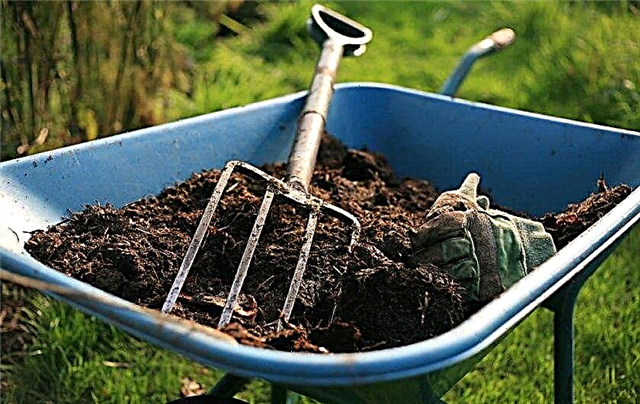
- Ash solution. They are recommended to water the melons every month or add to the solutions for feeding.

- Mineral fertilizers. You can buy ready-made complex fertilizer "Agritek Dryp". For fertilizing, you can also use such fertilizers - dissolve 50 g of superphosphate, 10 nitrate and 20 g of potassium chloride in a 10-liter bucket of water.

Protection against diseases and pests
From pests melon can hit melon aphid, wireworm, dustpan, spider mite. When these insects appear, it is recommended to use the insecticidal preparations Zolon, Karate, Fastak. Under adverse growing conditions, various diseases can appear.
This plant crop may be susceptible to the following fungal diseases:
- Powdery mildew. Signs are white plaque, which eventually acquires a brown color. The plant slows down its growth and development.
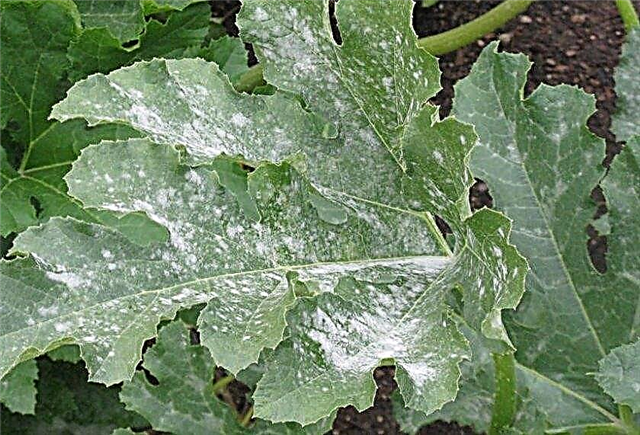
- Peronosporosis. Identified by greenish-yellow spots. With increased humidity, a purple coating appears from the back of the leaves.
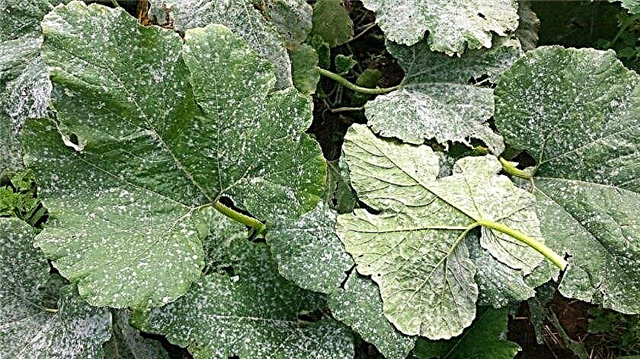
- Fusarium wilt. Grayish spots appear on the melon leaf plates, the plant loses its color and withers.
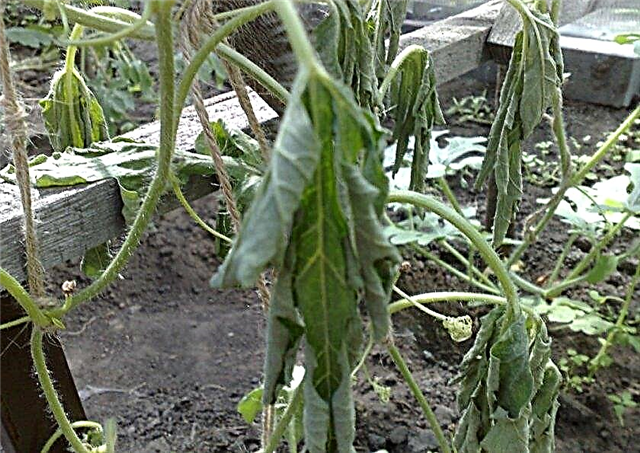
- Anthracnose. Appears in the form of brownish-pink spots. The fruits undergo deformation, the lashes become brittle and break.

- Root rot. Causes thinning of the root system, as well as lashes. The plant acquires a brownish color and rots.
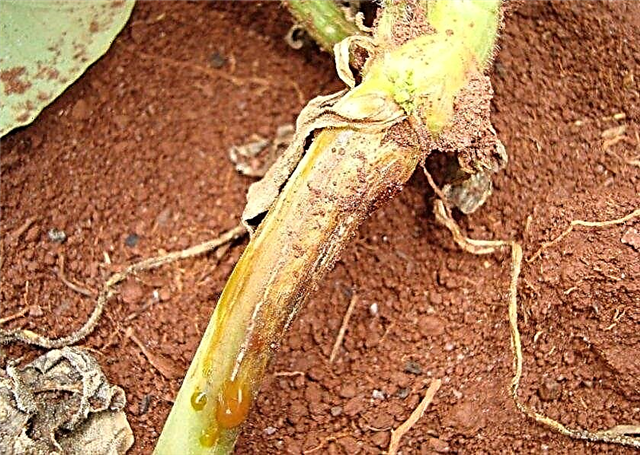
To combat diseases of fungal origin, sulfur, Bordeaux mixture, chemical preparations “Topaz”, “Topsin-M”, “Oksikhom” help well.
Viral diseases such as watermelon virus and cucumber mosaic for melon are very dangerous. Unfortunately, at the moment, no means exist for their destruction. Therefore, all diseased plant crops should be torn out and disposed of.

Preventive measures to prevent the appearance of insect pests and diseases are digging the soil in the fall, removing weed grass, treating it with Bordeaux mixture or vitriol, observing crop rotation and cultivation farming techniques.
Did you know? In the bible Melon is referred to as the fruit brought by the archangels to the earth from paradise.
Ventilation
This thermophilic culture reacts negatively to a temperature of about + 40 ° C. Therefore, in a greenhouse, regular ventilation should be carried out. For this purpose, open the windows or open the polyethylene from the side of the greenhouse. It is especially important to ventilate the greenhouse during the period of sugar accumulation, when it is necessary to reduce humidity.
The greenhouse should also be opened during flowering to give insect pollinators access to plants. Otherwise, it will be necessary to do pollination manually.
Harvesting and storage
Melon should be collected as it ripens. The main guideline that this melon can be torn off is the presence of ring-shaped cracks in the area around the tail. Such fruits are easily removed from the lashes and have a pleasant aroma. They are carefully cut with a well-sharpened knife. The best time to harvest is morning or evening.

This plant crop, grown in a greenhouse, should not be stored for a long time, since the early varieties do not last long. Collected melons are kept a couple of days under the sun, and then moved to a storage place. A cellar is well suited for this purpose. The melon pulp can be dried or frozen, made jam or candied fruit.
It is possible to grow a melon in a greenhouse, but for this you need to choose the right variety and create the necessary conditions for it. In this case, in the very beginning you should use the seedling method.










